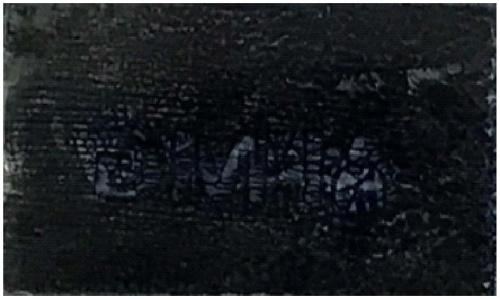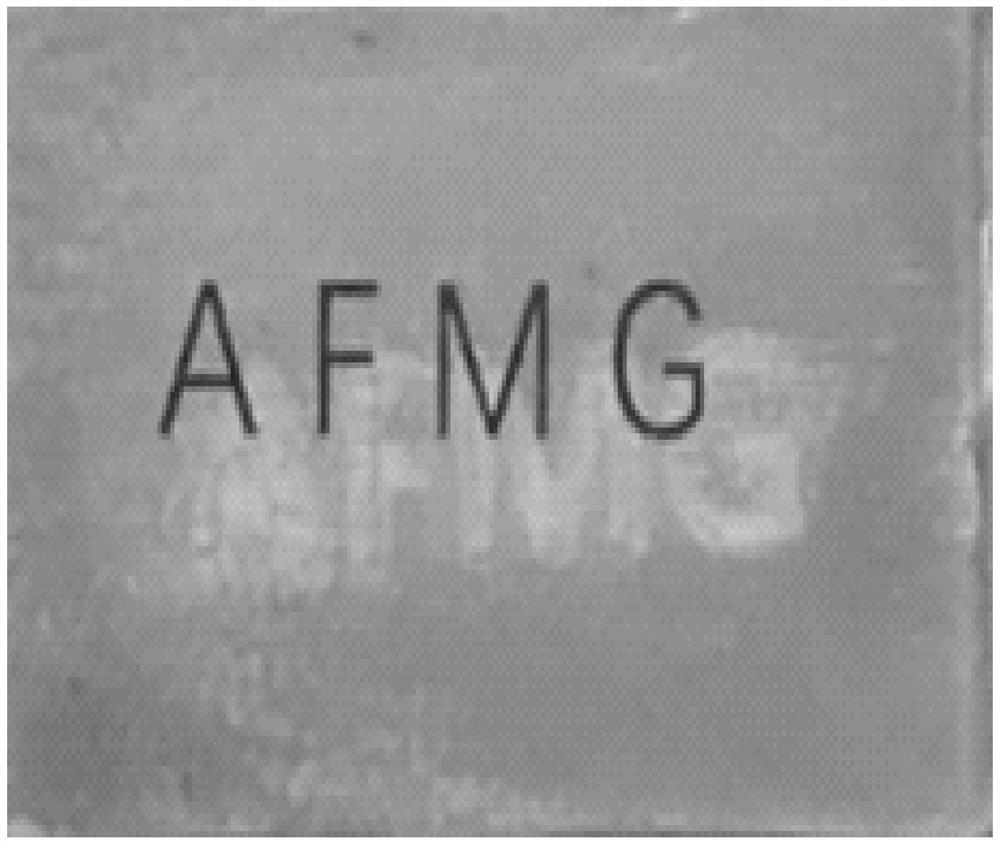Preparation method of low-energy-consumption screen-printed molybdenum-doped tungsten oxide nano-structure electrochromic film
一种丝网印刷、电致变色的技术,应用在氧化钨/氢氧化钨、光学、仪器等方向,能够解决不利锂离子嵌入与脱出、能源利用率差、响应时间长等问题,达到有利于电子传输、成本低、响应时间短的效果
- Summary
- Abstract
- Description
- Claims
- Application Information
AI Technical Summary
Problems solved by technology
Method used
Image
Examples
Embodiment 1
[0029] a. Dissolve 5g of tungstic acid in 60mL of 30% hydrogen peroxide, heat in an oil bath to 95oC, stir until a clear solution is obtained, add 1.44g of molybdenum oxide, 70mL of ethylene glycol and 70mL of deionized water into the resulting clear solution, Raise the temperature of the oil bath to 120°C, condense and reflux for 10 hours to obtain nano-tungsten oxide sol, then centrifuge at 10,000rpm for 20min, pour off the supernatant, and wash the precipitate with ionized water and ethanol respectively;
[0030] b. Dissolve ethyl cellulose in ethanol at room temperature, the mass ratio of ethyl cellulose to ethanol is 1:10, stir to obtain a clear and transparent sol, take 15g of the obtained sol and add 12g terpineol and 3g molybdenum doping The tungsten oxide nano-sol was prepared by rotary evaporation of the organic solvent at 90°C to obtain the molybdenum-doped tungsten oxide nano-slurry;
[0031] c. Sonicate the ITO or FTO conductive glass with detergent, deionized wat...
Embodiment 2
[0036] a. Dissolve 5g of tungstic acid in 60mL of 30% hydrogen peroxide, heat the oil bath to 95°C, and stir until a clear solution is obtained. Add 1.44g of molybdenum oxide, 70mL of ethylene glycol and 70mL of deionized water to the obtained clear solution, raise the temperature of the oil bath to 110°C, and reflux for 12 hours to obtain tungsten oxide nanosol. Then, centrifuge at a speed of 10000rpm / min for 20min, pour off the supernatant; finally use ionized water and ethanol to wash the precipitate respectively;
[0037] b. Dissolve ethyl cellulose in ethanol at room temperature, the mass ratio of ethyl cellulose to ethanol is 1:5, and stir to obtain a clear and transparent sol. Next, 9 g of terpineol and 3 g of molybdenum-doped tungsten oxide nano-sol were added to 18 g of clarified ethylcellulose sol, and the organic solvent was rotary evaporated at 90° C. to prepare molybdenum-doped tungsten oxide nano-slurry;
[0038]c. Sonicate the ITO or FTO conductive glass with d...
PUM
 Login to View More
Login to View More Abstract
Description
Claims
Application Information
 Login to View More
Login to View More - R&D
- Intellectual Property
- Life Sciences
- Materials
- Tech Scout
- Unparalleled Data Quality
- Higher Quality Content
- 60% Fewer Hallucinations
Browse by: Latest US Patents, China's latest patents, Technical Efficacy Thesaurus, Application Domain, Technology Topic, Popular Technical Reports.
© 2025 PatSnap. All rights reserved.Legal|Privacy policy|Modern Slavery Act Transparency Statement|Sitemap|About US| Contact US: help@patsnap.com



